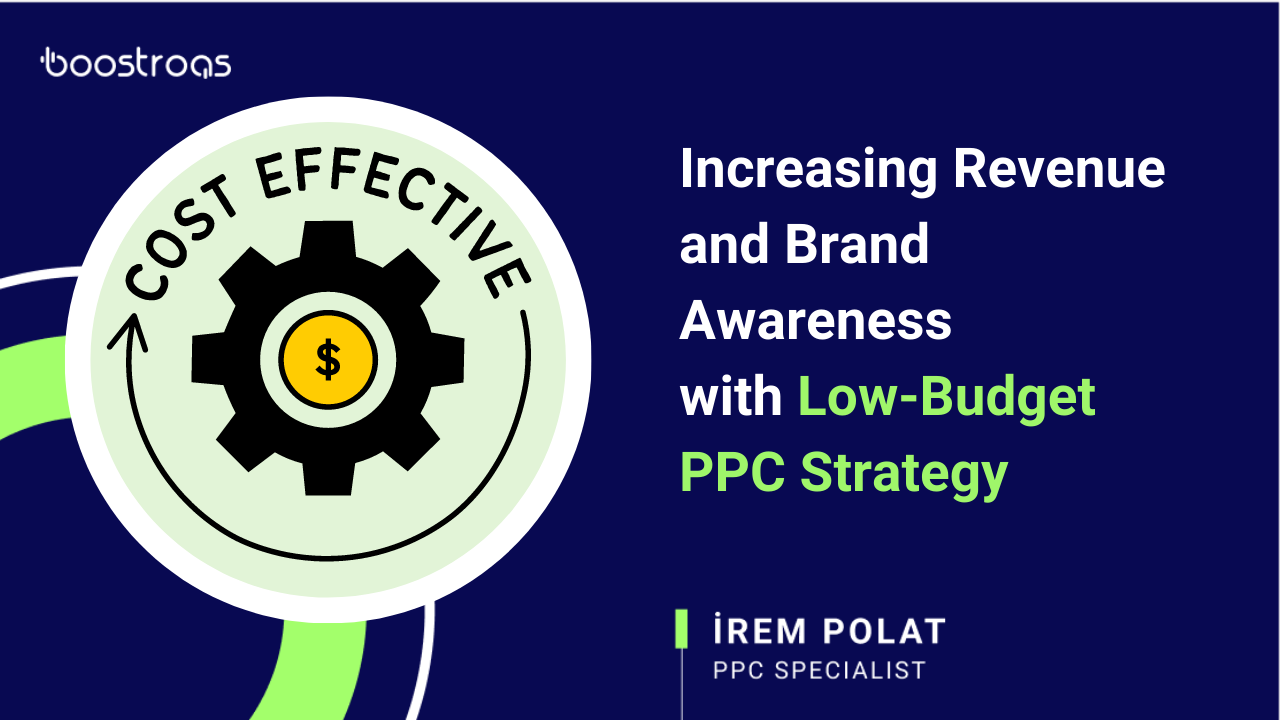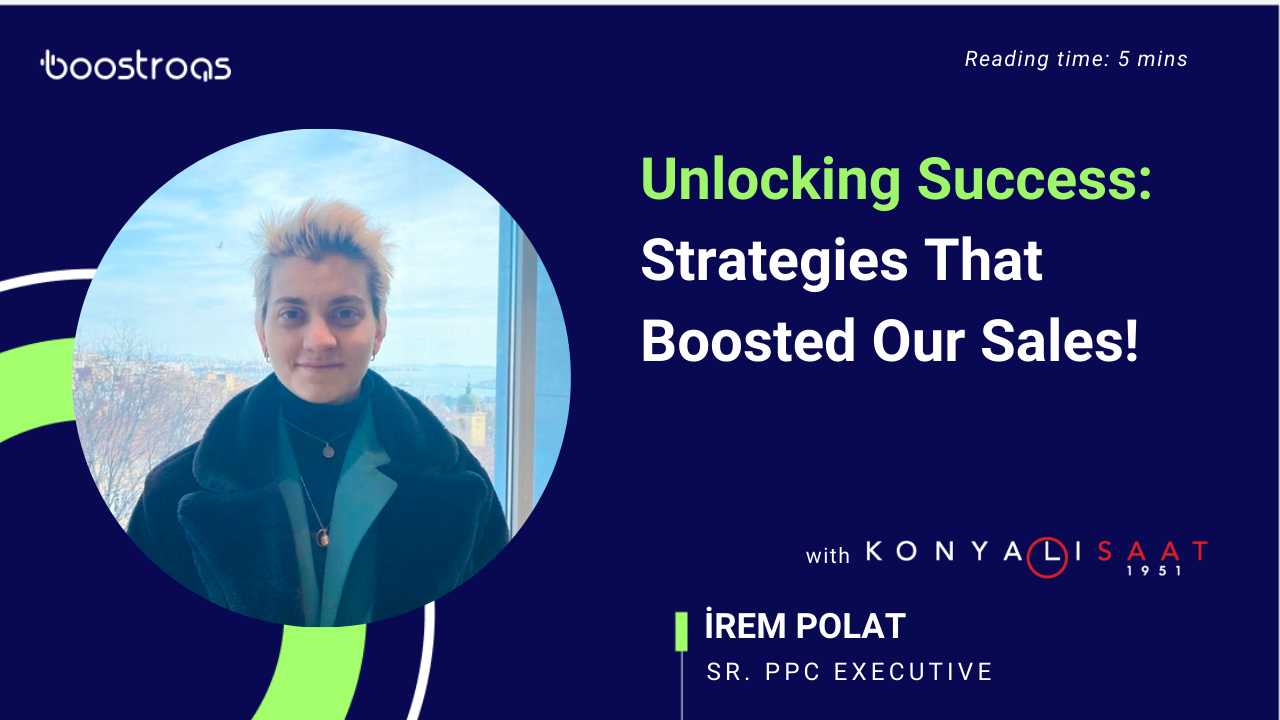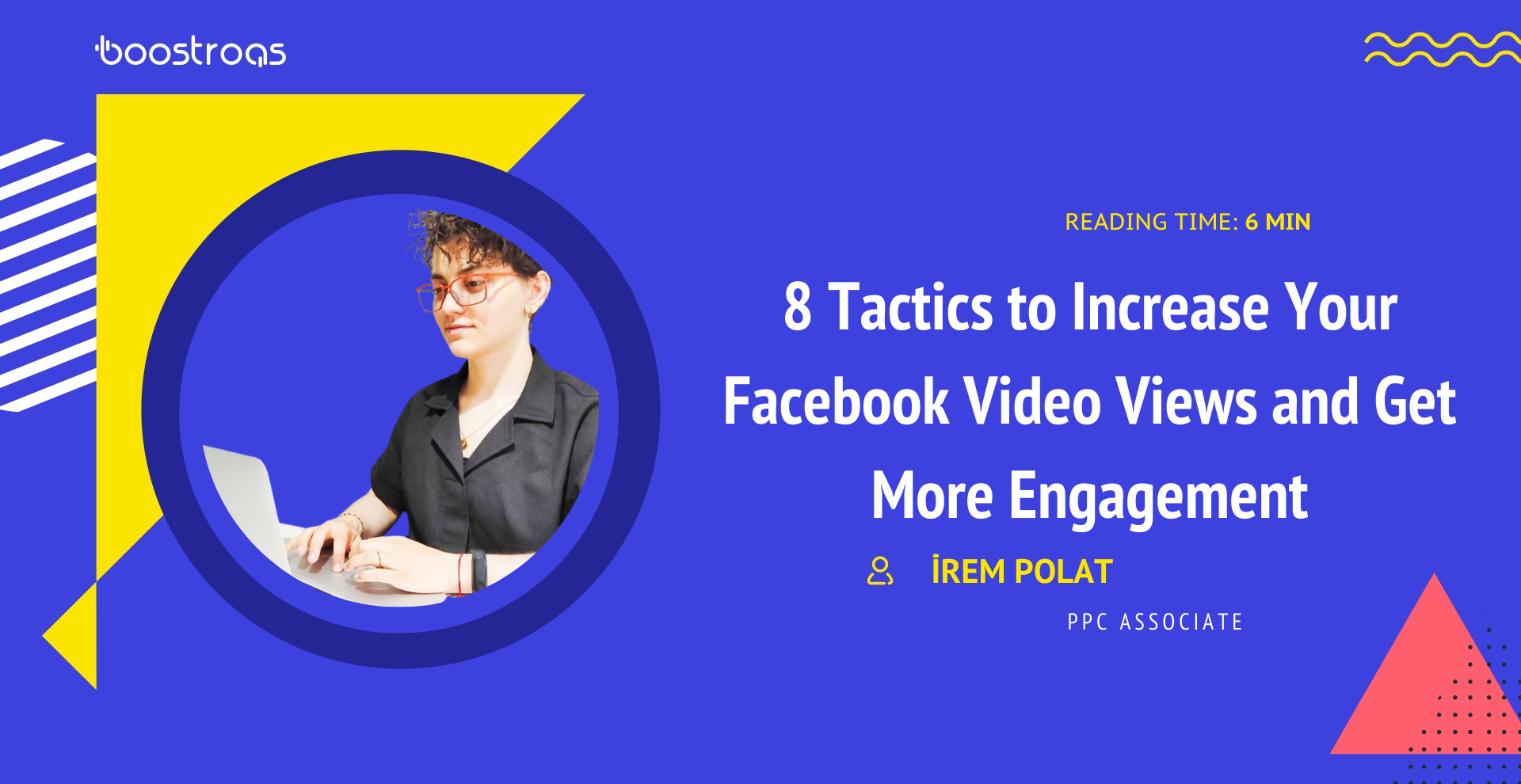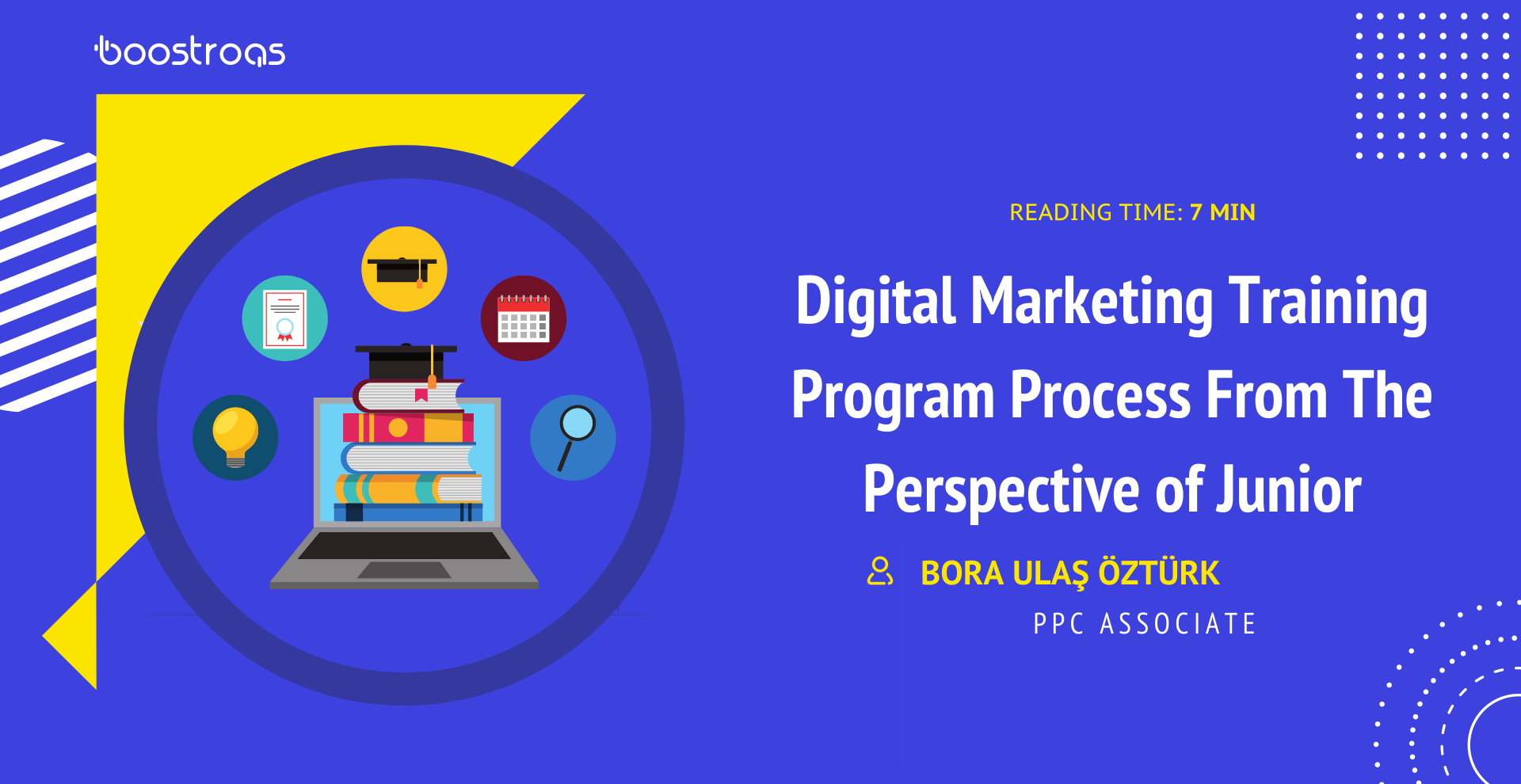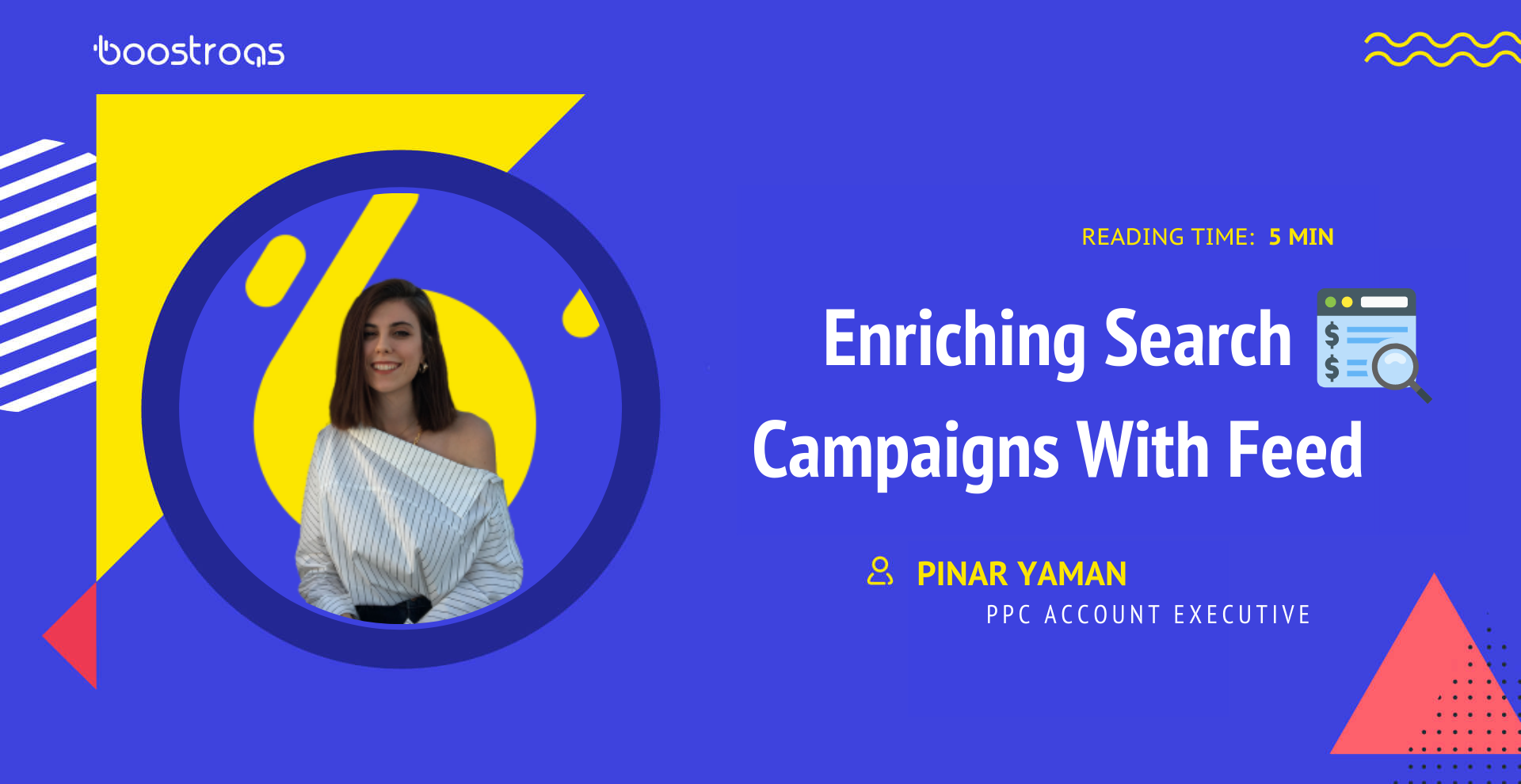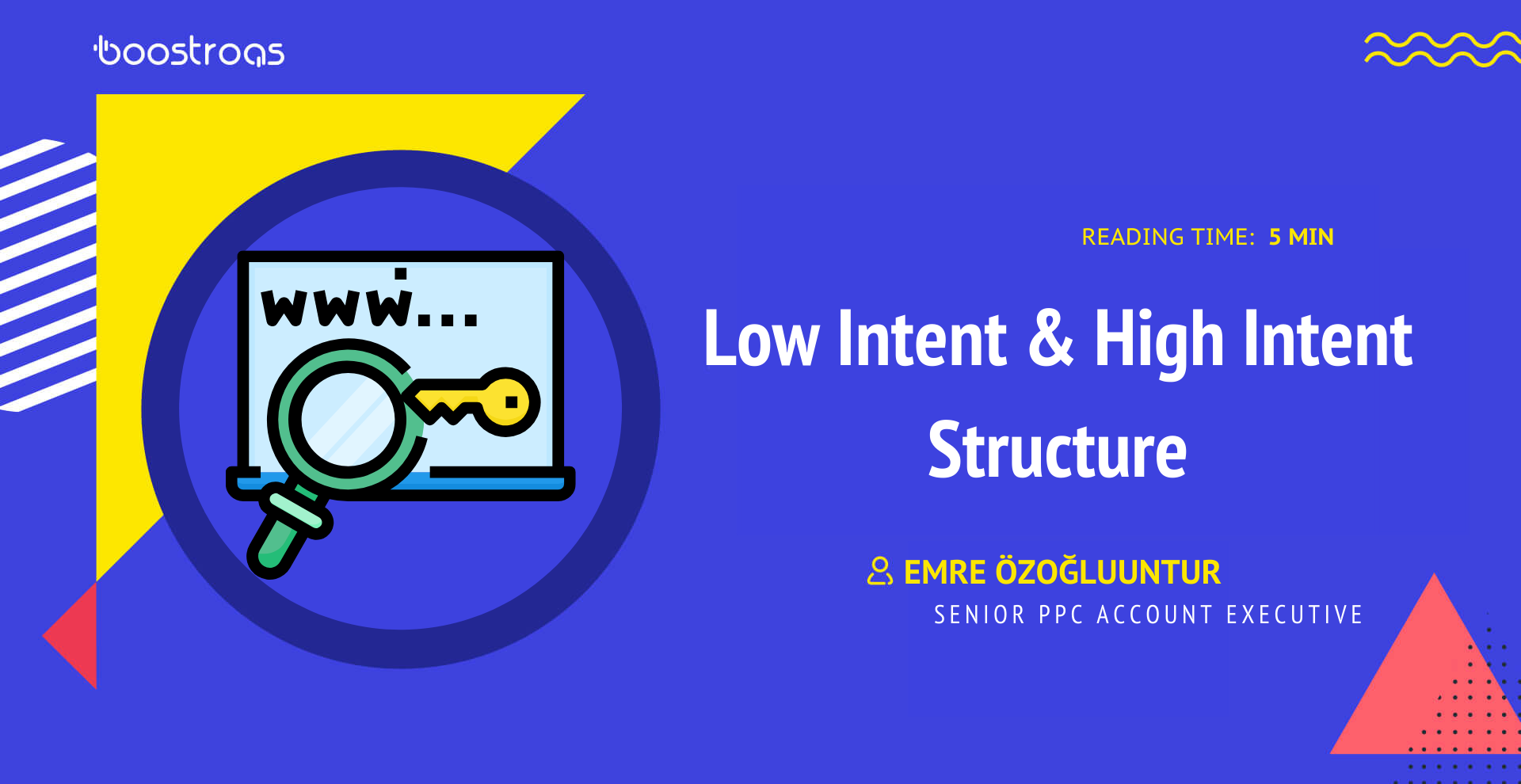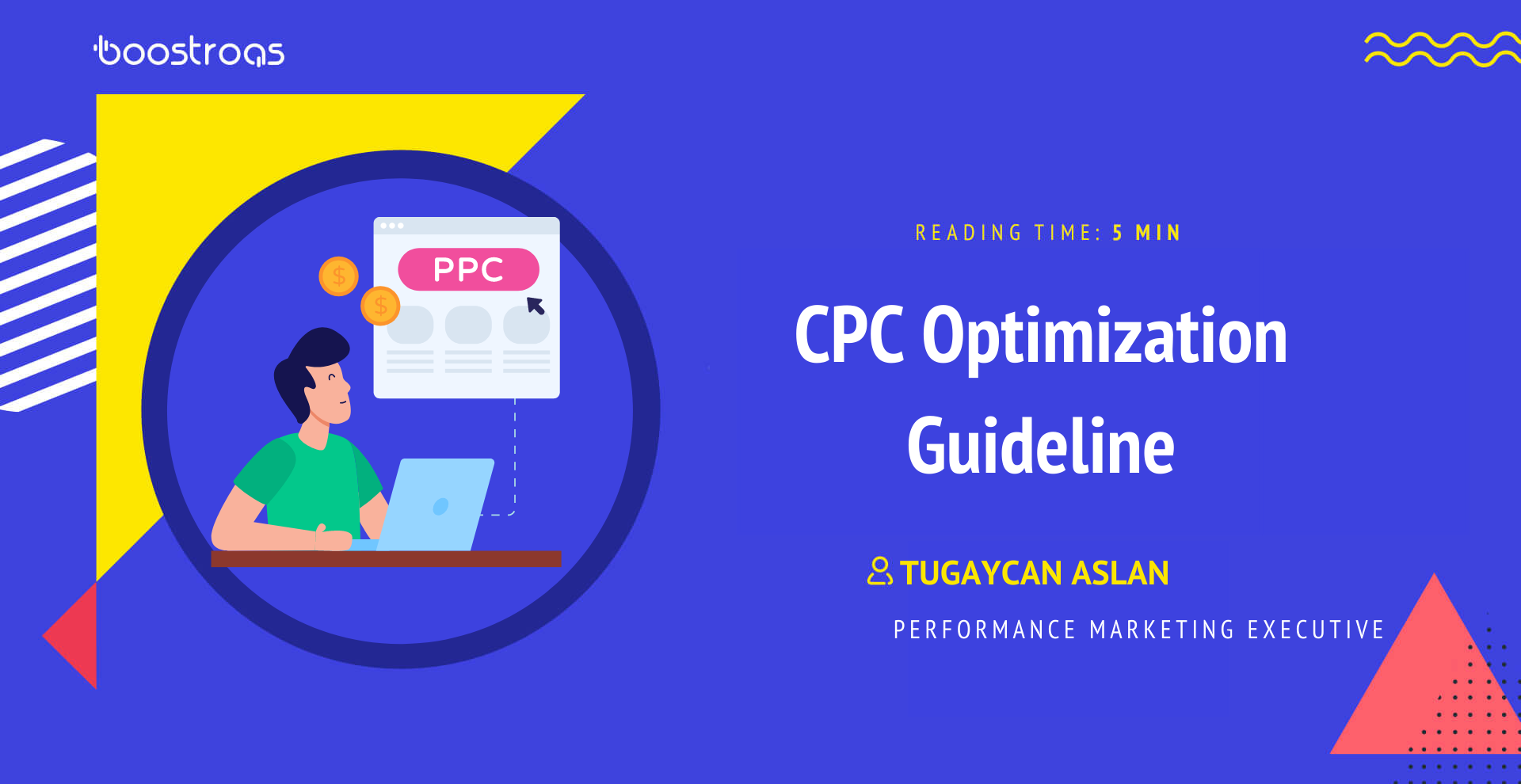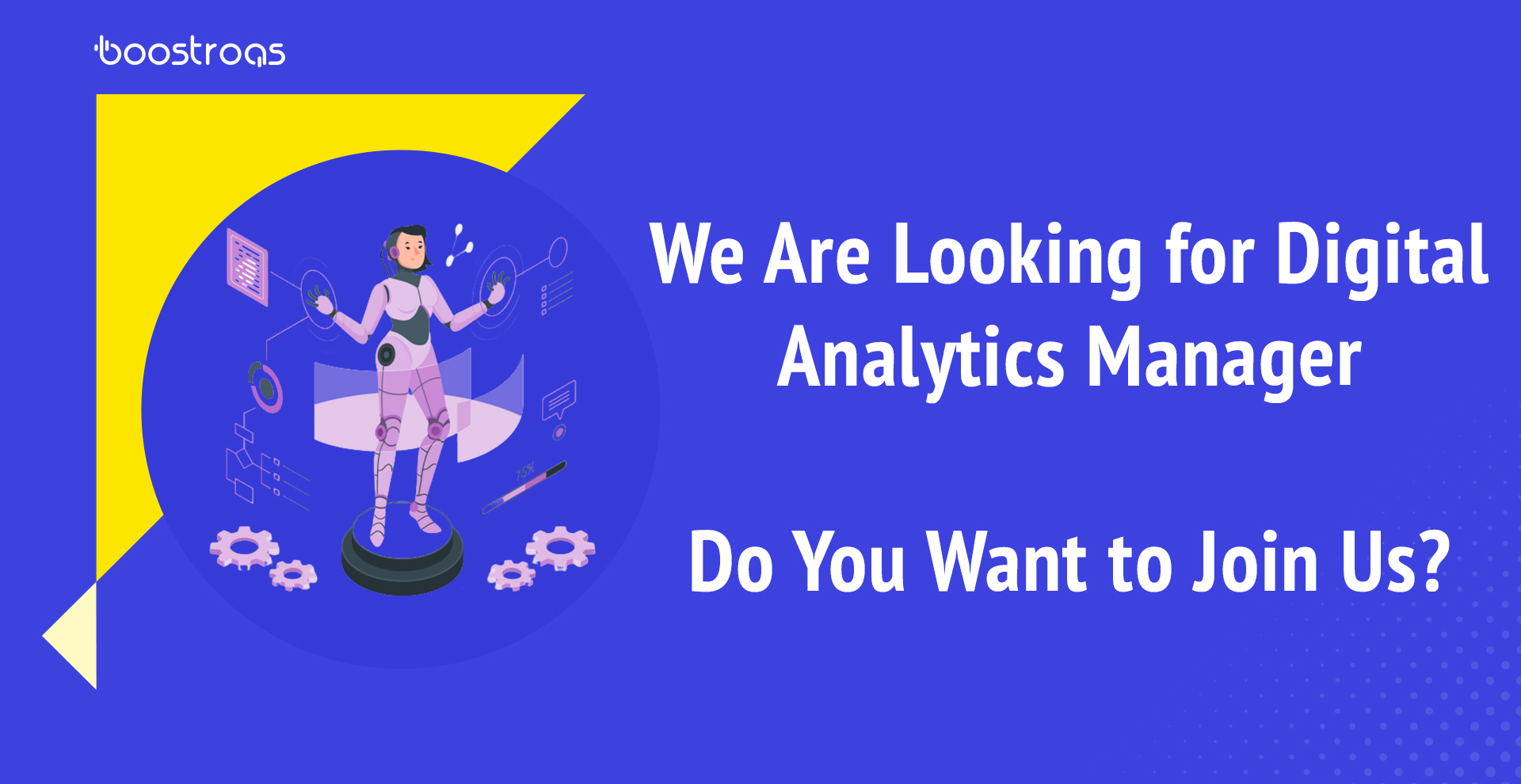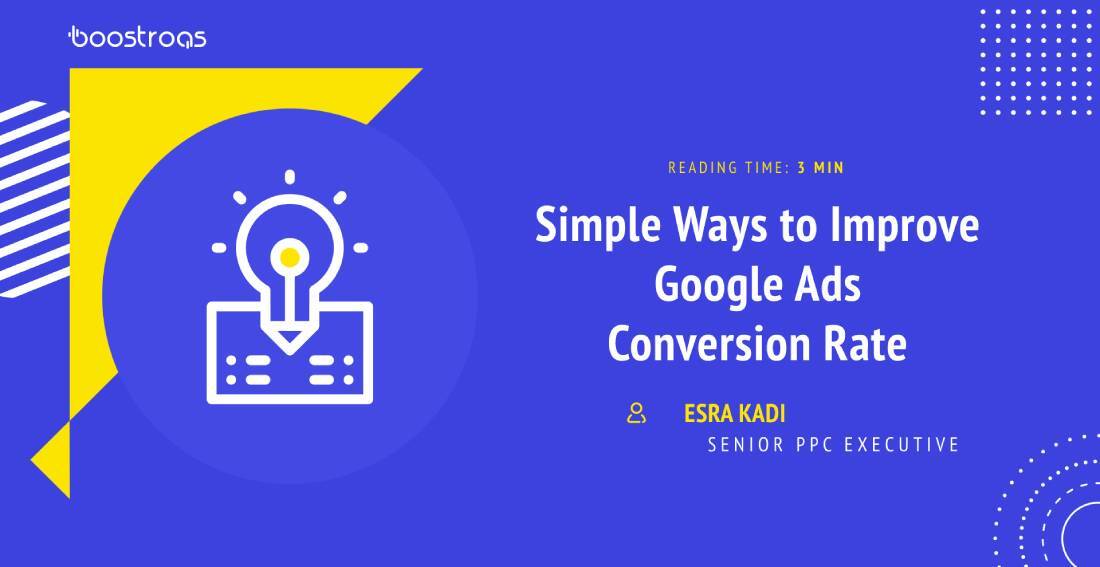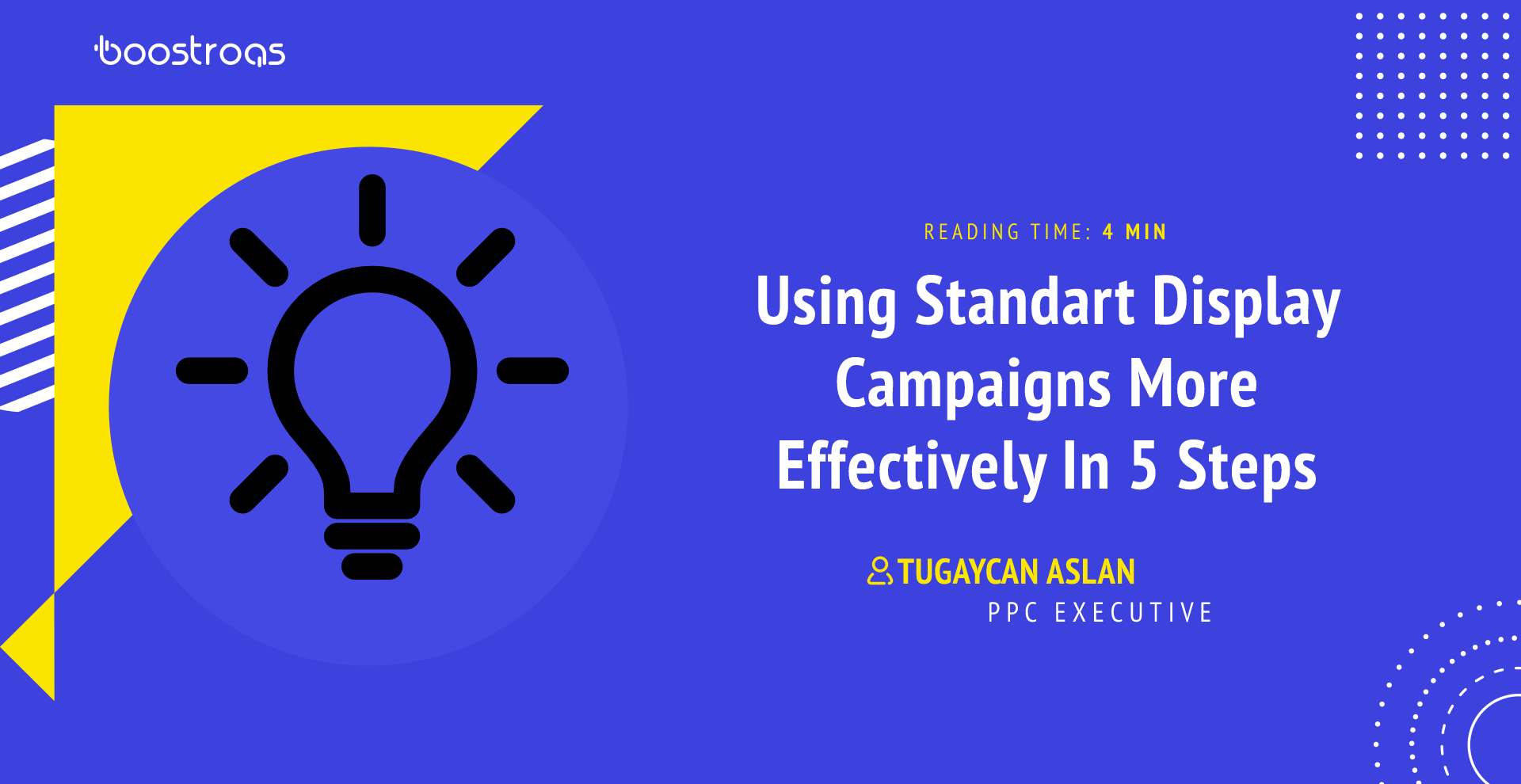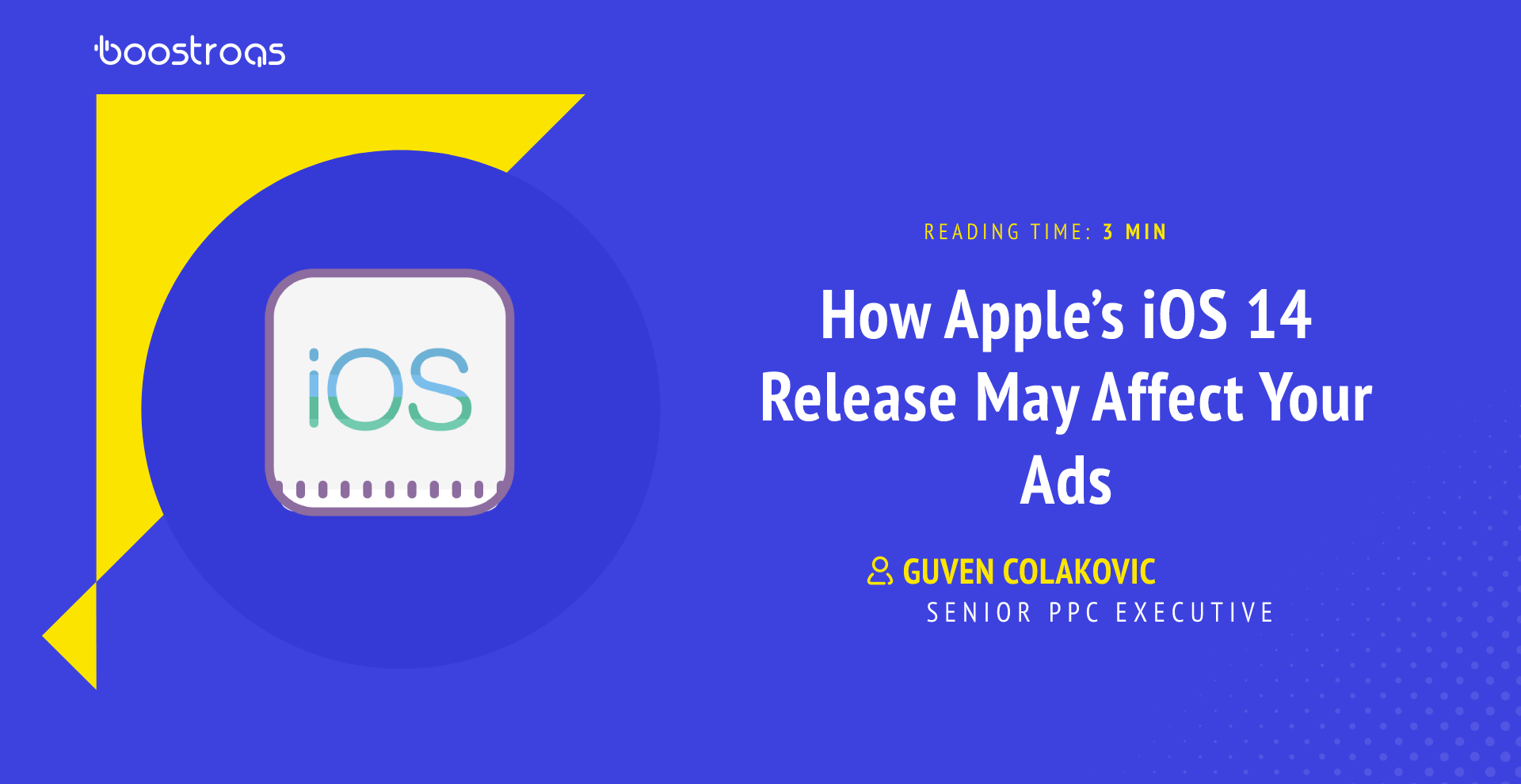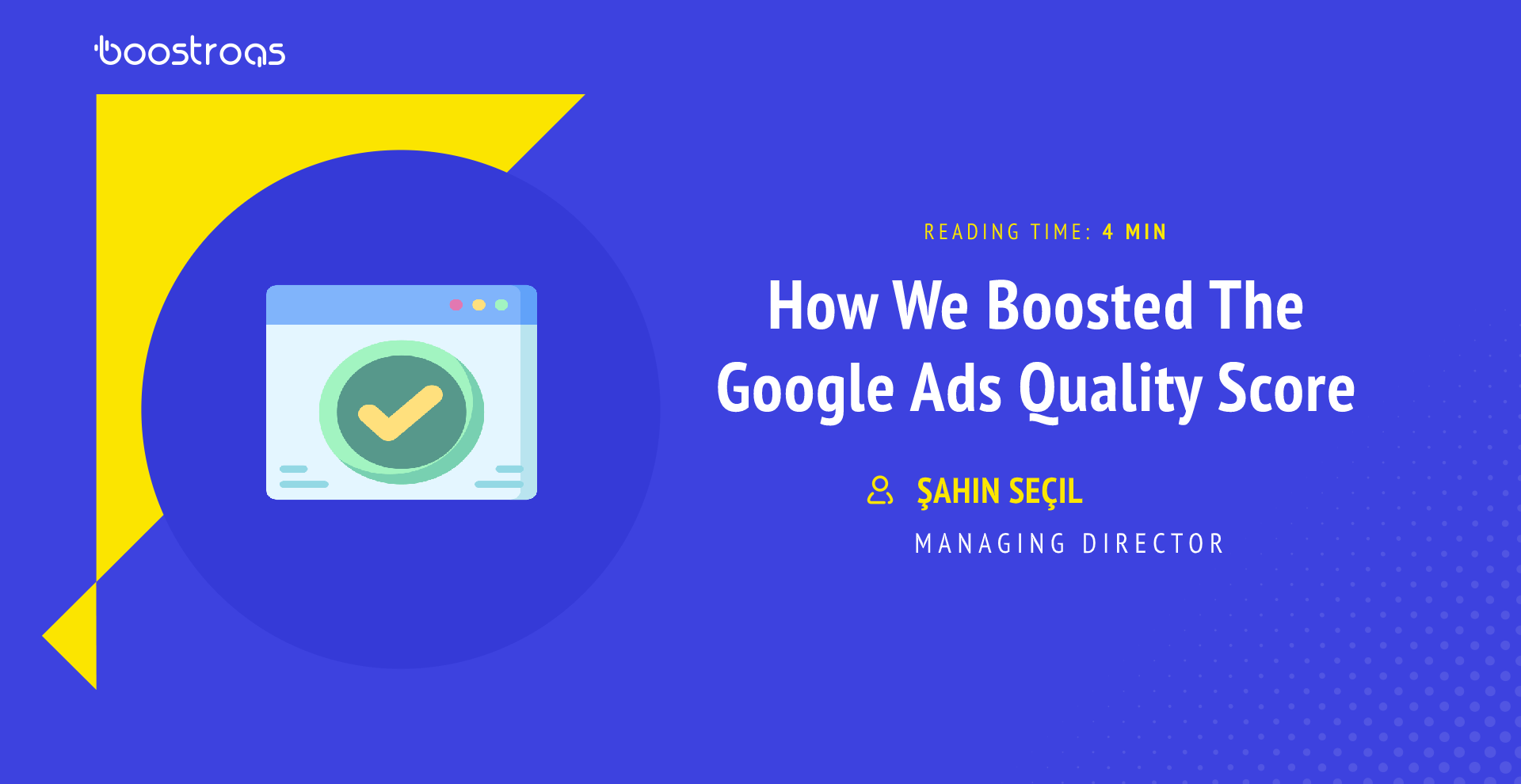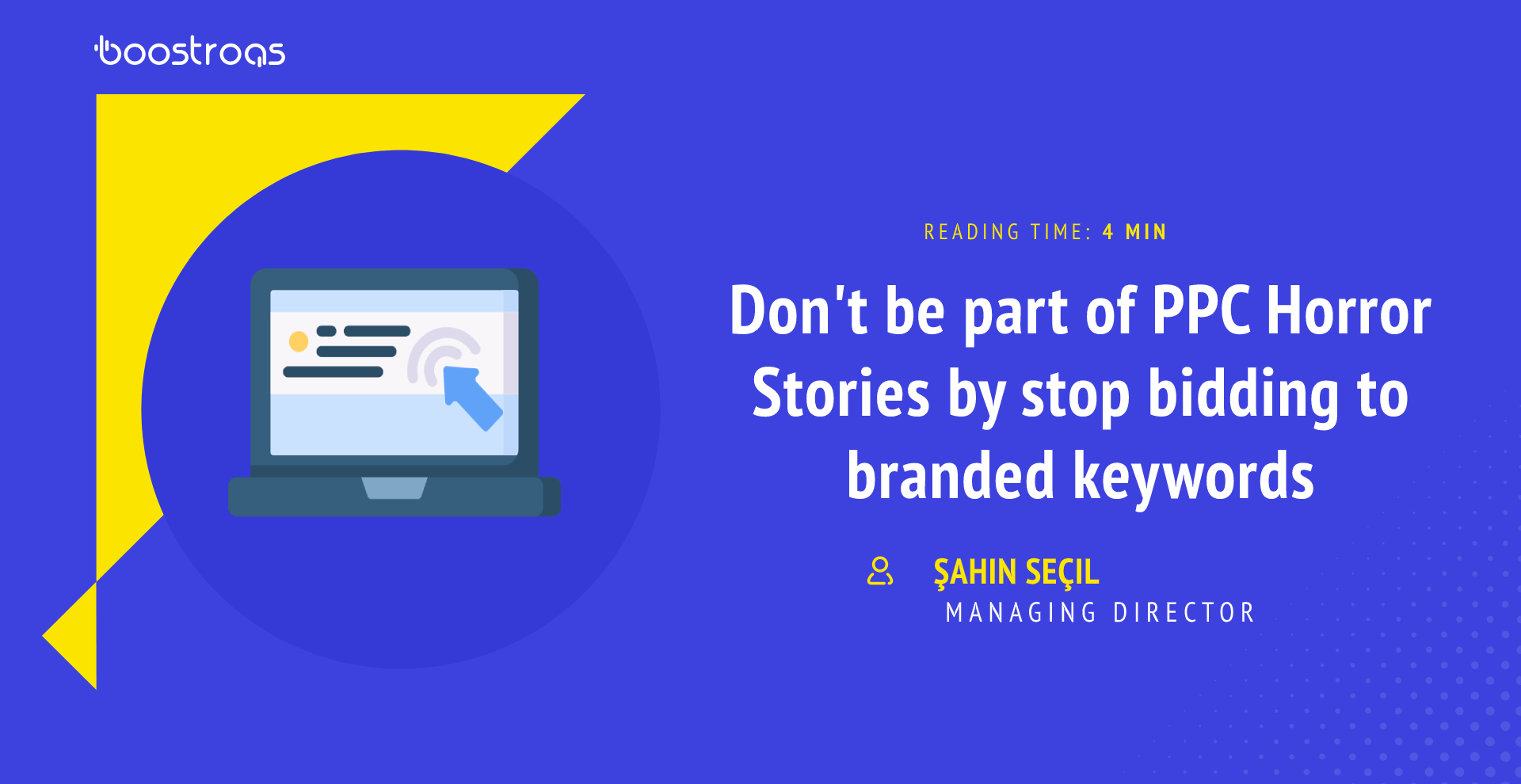Follow us :

Although the concept of marketing is thought to have emerged with print ads in 1450, it started to be applied as outbound marketing before that. Gamification in marketing is one of the remarkable ways of marketing, which has gone through many stages until now.
So what is gamification in marketing?
If we look at the history of marketing, until the 2000s, when internet technology was developed, blogs were written, and SEO first emerged, the concept of marketing existed only as outbound marketing. It was just about going to the customer. In other words, if you wouldn’t go and introduce yourself and tell the benefits of your service or product, no one would know you or prefer you. However, with the development of internet technologies, it has turned into inbound and many strategies and methods have been developed.
The Importance of Gamification in Marketing
SEO, SEM, PPC, Email Marketing, Social Media Marketing, and many more such strategies are used in marketing right now. As technology has developed, many concepts have come out. The competition rate has increased and the market has grown. New strategies have been developed to generate better revenue, increase brand awareness, and they will continue to be developed. In this article, I will tell you the role and importance of gamification in today’s marketing methods as much as I can.
As I have always said, it is necessary to follow the daily dynamics to be successful in the field of marketing and make a difference today. It will be a great benefit to you to keep the concept of “real-time marketing” in your strategy by following the trends and viral events. However, nowadays it has become more important to retain users, customers, and business partners than to acquire them.
Because for a lifetime, one loyal customer is better than five new customers.
If you can’t retain your current users after acquiring them indeed, if your retention rate is low, you should realize that you need to change something. Your biggest trump card here may be to add gamification to your strategy! There are very successful examples of this all around the world and I will explain each of them at the end of this article.
In short, gamification is the integration of game principles to activate the existing audience on a tool such as a website, mobile application, advertising campaign, communities, etc. to ensure loyalty and attract new audiences to this platform.
Let’s say you have an e-commerce site where you sell jewelry. By creating a scoring system, you can give a badge to the customer with the most points, displaying their name prominently on the scoreboard at the top of your website. This can be a source of motivation for him to shop more from your site, and it can also make your other customers run to collect more points too.
To achieve this, you must apply some principles in gamification because there are several gamification models and you have to choose the most suitable one for you. It is best to consult a professional about this.
What Happens Through Gamification?
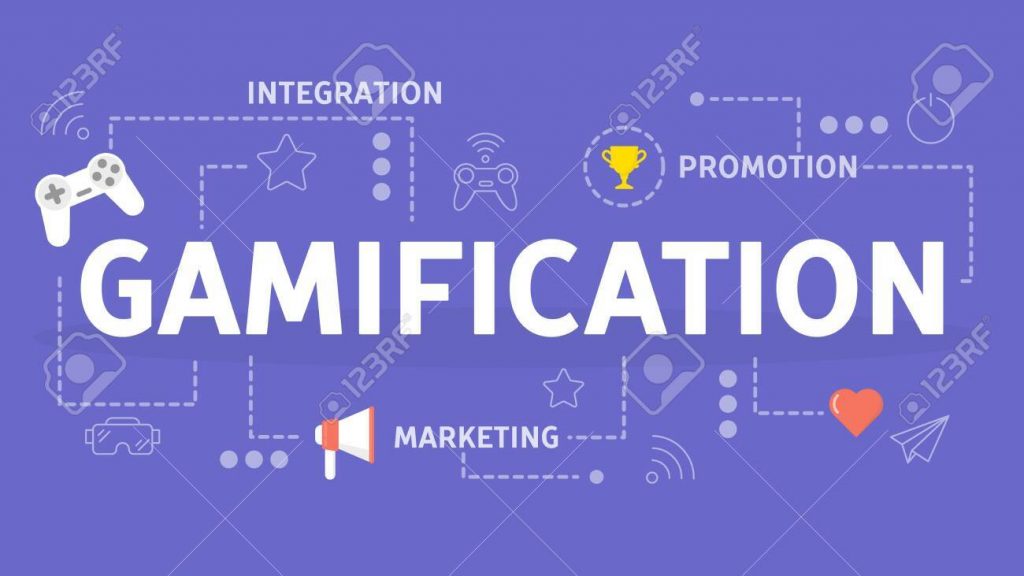
Gamification in marketing can sometimes be mistaken for loyalty programs. However, you should also consider that gamification will increase your brand awareness as well as helping you to gain loyal customers. Thus, your viral growth will be easier. We can say that loyalty programs are created with gamification techniques 🙂
In gamification, you have to give a promise to the user, customer, or business partner at the end of this process.
The most significant factor here is to continue this process successfully is that they know why have to do this and what they will gain at the end of this game.
- It can enable your existing users to be more active by increasing their motivation.
- You can acquire new users by using your existing users’ references.
- If you are selling a product, it can influence the purchase decision of your potential customers.
- You can make your brand more memorable by making your brand promotion extraordinary.
- Especially in digital gamification techniques, you can analyze your customers’ journeys and behaviors more comprehensively and create data for your segment.
Gamification Examples from Some Brands
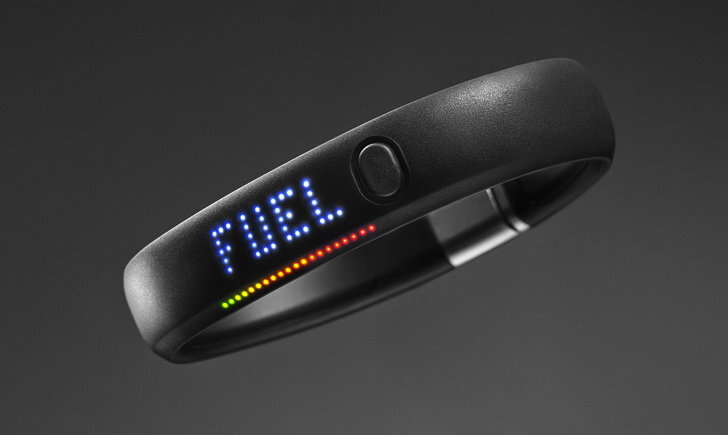
Nike: With the “Nike+Fuelband” project, Nike allowed users with Fuelband wristbands to post their exercise information, goals, and achievements in online communities. In this way, people began to compete with both themselves and each other. Gifts such as badges, trophies, and accessories were sent to people who set their own milestones and achieved those goals.
Subsequently, the project, which continued as Nike+, was further developed. Nike+ had 18 million global users by April 2013. According to Nike’s statement, a year later Nike updated its global users up to 28 million.
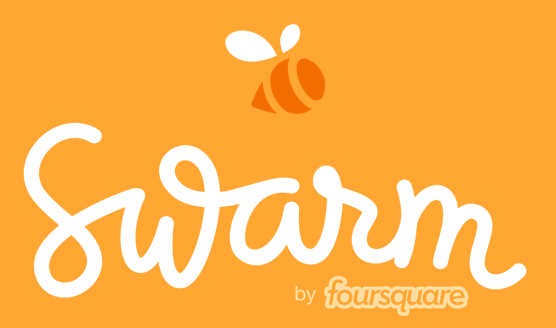
Swarm: Actually, we can say that it is the first gamification event in mobile applications. It started with Foursquare but was further developed in Swarm.
Basically, the “Mayor” system, allows people to check-in, tag their friends next to them, and make their friends do the same. In this way, it uses both internal and external motivation altogether.

My Starbucks Rewards: Starbucks implements gamification techniques through My Starbucks Rewards, a loyalty program that increases and maintains customer engagement.
Customers earn a certain number of stars with each purchase as long as they are a ‘My Starbucks Rewards’ member. Afterward, they can use the stars that they have earned to receive special incentives such as free food and drink.
Also, customers need to earn more stars to redeem other unique rewards like free birthday drinks and free refills. This truly allows badge racing in the game.
Customers who reach “Gold” status continue to collect the best rewards.
In this example, Starbucks offers different incentives to customers with a gamification technique to give them a sense of achievement, giving them an experience in which they will be rewarded for their loyalty.
In summary, using gamification in your marketing strategy can have unexpected results for your brand, for you, and for your customers! 🙂
But here is a reminder,
Don’t forget to have fun while doing this!





